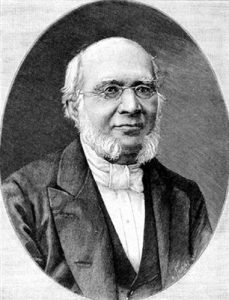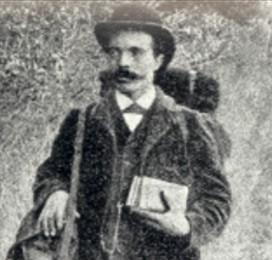Friends of the Mission
These were organized in Supporting Committees of Missions (twelve in 1823, forty-one in 1833, six of which were in Switzerland, one in England, and one in Canada). In March 1835, the Women’s Supporting Committee of Paris was created.
Periodicals
First 1500 copies of a Bulletin were printed separately from the Archives of Christianity. The “Journal des Missions Evangéliques” was started in 1826. At first a quarterly of about 100 pages, it became, in 1830, a monthly with 40 pages.
The “Petit Messager des Missions Evangéliques“, edited for children,was started in 1849. Numerous brochures focused on specific aspects of the missionary work.
Missionary tours around Europe
Casalis undertook the first tour in 1850. The Friends of the Mission of Lesotho in Cape Town sent him to arouse the missionary conscience of the friends of the SMEP in Europe. He was the first missionary on furlough and was thus able to tell about the spreading of the Gospel in Africa.
The Missionary Training School
It provided future missionaries with a thorough theological training. These missionaries did not attend a theological faculty but were consecrated by the SMEP. Two hundred missionaries (excluding spouses), pastors, teachers, craftsmen and doctors were trained in this school and went overseas.
The SMEP (The Paris Society for Evangelical Missions among non-Christian populations)
It is an independent organization as, since in nineteenth century France, religious activities outside the established churches recognized by the Concordat and the Organic Articles were but merely tolerated. The SMEP relied only on its own financial means and did not benefit from funds dedicated to the Churches. But as it opened “branches” in countries where missions were started, the SMEP considered that the “mother” Churches of Europe were nurturing vocations and providing the missions with financial aid and spiritual support. As synod life was reorganized in the Protestant Churches (the foundation Synod of the Free Churches was held in 1849 and the unofficial Reformed Synod took place in 1872) the SMEP tried to get recognition and support from the Churches in a more official way. On such occasions, and likewise when the Swiss synod and the Synod of the Waldense Church of Italy were held, the Committee of the SMEP and the missionaries were sent to support such motions. As a result, a slow institutionalization of the relationships between Missions and the Churches took place at the end of the nineteenth century. In the twentieth century, the missionary commitments became a concrete part of Church projects in Europe.
At the end of the nineteenth century, the SMEP had missions in seven different countries : Lesotho (1833), Senegal (1863), Zambia (1885), Gabon (1888), the Loyalty Islands (1892), Madagascar (1896).









